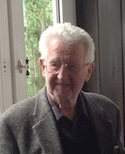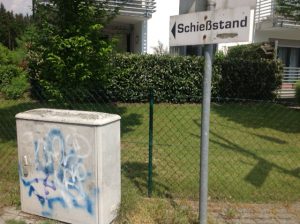Tomorrow, 10 May 2021 at 20:15 local time, ‘Studio Orschel’ (Orschel means Oberursel in the local dialect) will be featuring two local contemporary witnesses, who experienced WWII in Oberursel as young boys.
When Germany capitulated – for Oberursel this was 30 March 1945 – American troops came to occupy the town. Mr. Manfred Kopp, our ‘Mister Camp King’, and Mr. Helmut Lind, will share their observations from that time.
It was not until 8 May 1985, when the term ‘Capitulation Day’ was changed to ‘Liberation Day’ by the former President Richard von Weizäcker. In his famous speech on that day, he became the first German Head of State to do so.
Mr. Kopp knows English well, so feel free to leave your questions and comments in the chat.
To join this live stream on 10 May at 20:15 our local time Germany, visit:












